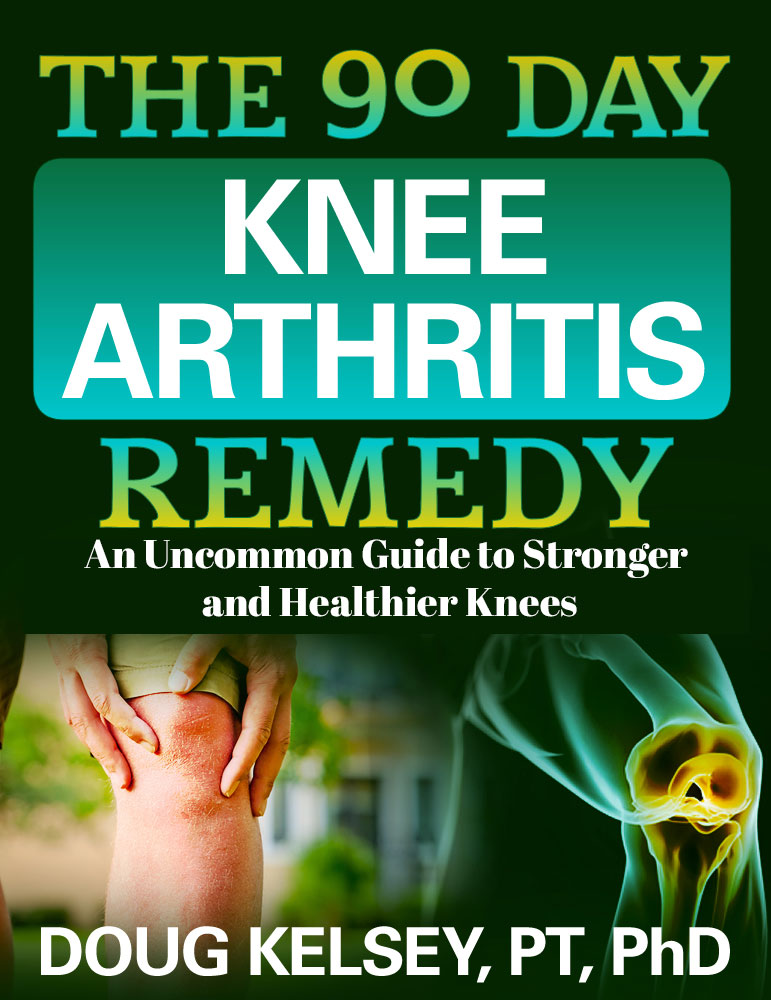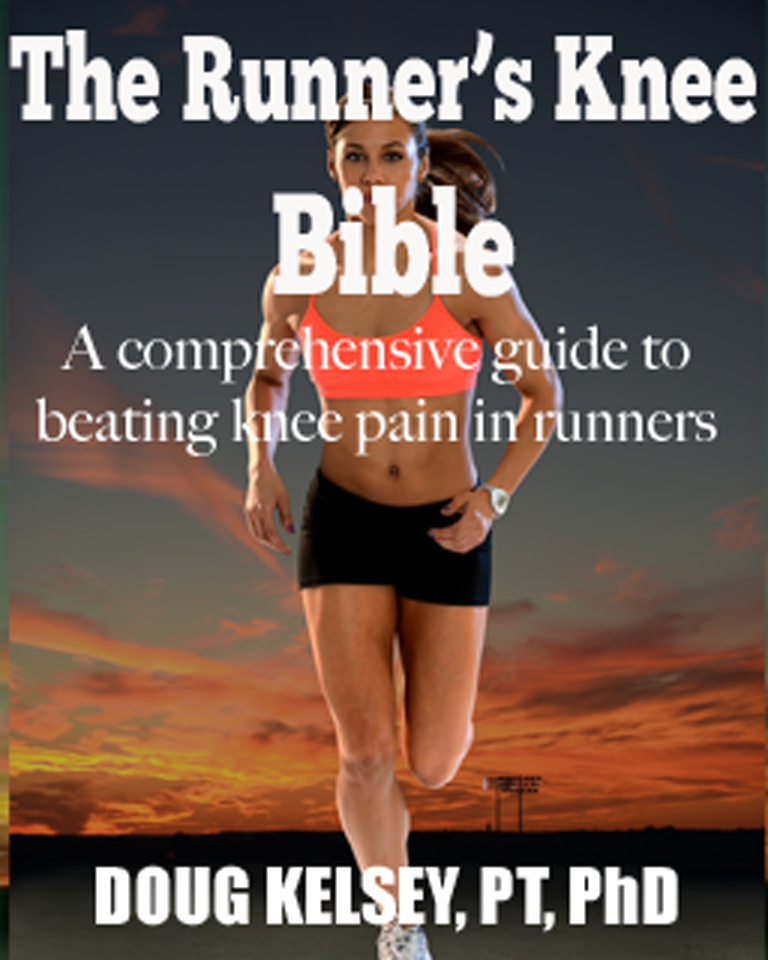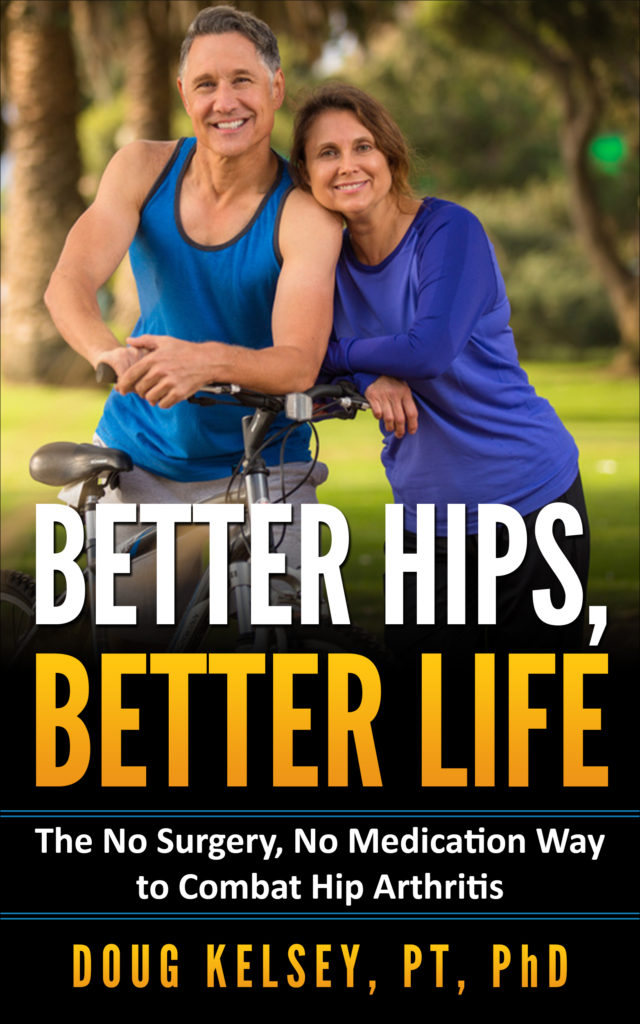- You are here:
- Home »
- Blog »
- Joint Health / Pain »
- Should I Try Stretching or Foam Rolling?
Should I Try Stretching or Foam Rolling?
A client was frustrated because his knee felt “tight”, his quads felt the same way and he couldn’t bend his knee as far as his other knee. He showed me. One knee moved much farther than the other.
“Should I stretch the quads or maybe try some foam rolling?” he asked.
“What do you think the problem is? Why does it feel tight?” I asked.
When your muscles or joints feel tight, it makes sense that stretching or rubbing the muscles might loosen things up.
He chuckled. “Yeah, good point. I’m just frustrated but I guess figuring out what the problem is makes more sense than just trying some stuff,” he said.
At one point in the movie Tin Cup, Kevin Costner’s character, Roy McAvoy, loses his fluid golf swing. He’s confused, frustrated. He hasn’t been able to solve it so he starts down the gadget road – various swing tools, accessories, each of which claims to give you a great golf swing. He stumbles out of his trailer adorned in the gadgets one day muttering, “Some of this has to work, right?”
Of course, none of the gadgets worked. He finally got his attitude right which was the source of the swing problem.
When your knee (or any synovial joint) feels tight, more often than not it’s because the joint is irritated and there’s some fluid in it. It doesn’t take much either. About a half of a shot glass of fluid can cause all sorts of problems. Many times you can’t see any difference in the size of the joint, and of course with joints like the hip or the spine, you wouldn’t be able to see swelling anyway.
What’s happening is that, in response to the loads that exceed the joint’s tolerance, chemical mediators are released into the joint which sensitizes certain nerves. This can then make everyday joint movements painful and cause the muscles around the joint to tighten or feel tight.[1]Hunter, D. J., McDougall, J. J., & Keefe, F. J. (2008). The symptoms of osteoarthritis and the genesis of pain. Rheum Dis Clin North Am, 34(3), 623-643. doi:10.1016/j.rdc.2008.05.004
And to makes things more complicated, the presence of fluid in the joint, makes contracting the surrounding muscles harder (for the knee that would be the quadriceps). Just 20 ml of fluid will interfere with the VMO (vastus medialis oblique). [2]Spencer, J. D., Hayes, K. C., & Alexander, I. J. (1984). Knee joint effusion and quadriceps reflex inhibition in man. Arch Phys Med Rehabil, 65(4), 171-177.
Sometimes a foam roller or stretching will temporarily improve flexibility. But, when there’s fluid in the joint, to make a lasting change, you have to control the swelling first. Then, the muscles loosen up, fire up and motion improves.
Why is there fluid in the joint? Look at your activity or inactivity. Doing too much is easier to spot than not doing enough. Arthritic or irritated joints don’t like to stay in one position for a long time. Spine, hip, knee joints often become irritated just from sitting in the same position for too long. How long is too long depends on your joints. Sometimes it can be 2 hours and in other cases, it could be 15 minutes.
When your joint or muscle feels tight, most of the time, it’s because the joint is irritated. Get that sorted out, things get a lot easier.

PPS – If you like this article, why not share it with a friend?
 More info More info |  More info More info |  More info More info |  More info More info |
|---|
References
| ↑1 | Hunter, D. J., McDougall, J. J., & Keefe, F. J. (2008). The symptoms of osteoarthritis and the genesis of pain. Rheum Dis Clin North Am, 34(3), 623-643. doi:10.1016/j.rdc.2008.05.004 |
|---|---|
| ↑2 | Spencer, J. D., Hayes, K. C., & Alexander, I. J. (1984). Knee joint effusion and quadriceps reflex inhibition in man. Arch Phys Med Rehabil, 65(4), 171-177. |
